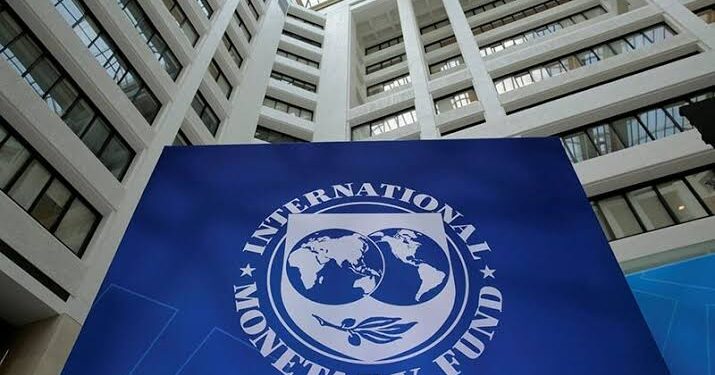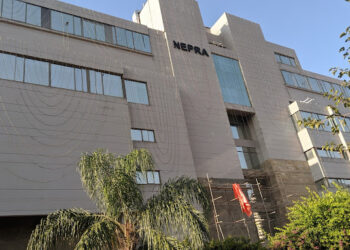Islamabad: The International Monetary Fund ( IMF) has asked the government to remove cap of ten per cent recovery of Debt Service Surcharge ( DSS) from consumers by end of next month to meet any shortfall in servicing of Sukuk amount to be raised from banks to resolve the issue of circular debt.
According to Fund Report, end-June 2025 CD flow IT has been tightened, from PRs 417 billion to PRs 337 billion, given
strong overperformance in FY25H1, over FY24 (PRs 457 billion, 0.4 percent of GDP). This overperformance reflects lower than anticipated interest rates and, importantly, the early initial impact of reforms to strengthen tariff payment/collection. Achieving the revised target will
require timely notification of remaining quarterly tariff adjustments and monthly fuel cost adjustments; continued effort on collection; improved performance on loss prevention; and the disbursement of remaining budgeted subsidies of PRs 353 billion. Recent reform actions aimed
at reducing costs in the sector in the near term-including the application of the Captive Power Transition Levy (CPL) and the renegotiation of some independent power producer (IPP) contracts as well as a temporary and limited subsidy (ending June 2026) across all non-lifeline
consumer categories (MEFP120.c) to bring forward some reform benefits already evident, should also help reduce pressure on tariffs and thus both the non-payment of bills and CD pressures.
Going forward, timely notification of the annual rebasing for FY26, set at cost recovery and incorporating cautious assumptions that take account of the sensitivity of costs to internal and
external factors (July 1, 2025, new SB), is critical.
The authorities are also implementing a plan to convert most (up to 80 percent) of the existing CD stock (effectively CPPA payment arrears) to CPPA debt through a new Sukuk which, given low
interest rates, would reduce the financial burden on the power sector (MEFP120.b). The operation will significantly reduce interest charges on arrears, which in recent years have comprised nearly half of CD flow. CD targets have consequently been set lower for FY26H1- it is
anticipated that, with this operation and other reforms cited below, CD flow should continue to decline through the end of the operation (repayment of the sukuk) in FY31, and with it the need for budgeted power subsidy (a third of which is currently dedicated to CD stock clearance). It is imperative, given limited fiscal space, that payments for the operation are entirely financed out of the existing debt service surcharge (DSS). While DSS flows are expected to fully cover payments, the authorities must remove the existing DSS cap (end-June 2025 new SB) to ensure
that the DSS can be adjusted if needed to cover payments should there be any shortfall.
These efforts should be supported by fundamental structural reforms to restore the power sector to viability. Key measures include continued progress on DISCO privatization and/or moves toward private concessions to improve DISCO performance and services; sustained
efforts to shift captive power to the electricity grid (115); complete the restructuring of the National Transmission Dispatch Company to improve efficiencies; privatizing inefficient public
3 The CD flow IT sets a ceiling on the flow accumulation of CD. While the pace of CD accumulation has declined in recent years, and net CD stock increase has been minimal, some additional CD accumulation still occurs due to
technical losses and theft; under-collections; and interest payments on the CD stock and arrears. Ongoing structural
reforms are aimed at addressing these various factors. Ends
















